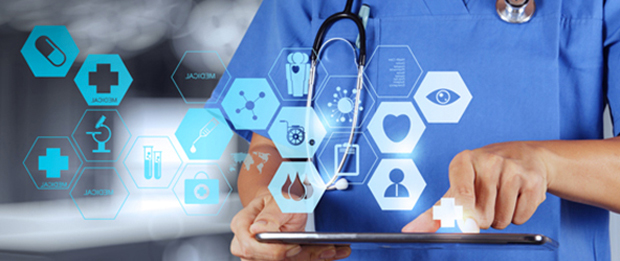Blog Post
Ensuring HIPAA-Compliance in Mobile Health Apps

The digital health era has arrived – at least as far as patients are concerned. Accenture reports that more than half of health consumers would like to use their smartphones to interact with their healthcare providers, and seven percent have chosen to switch healthcare providers due to customer experience – a potential annual loss of $100 million per provider.
As mobile health engagement takes an increasingly central role in patient experience, this challenge presents both an opportunity for disruptor mobile health apps that have begun competing with providers and a huge threat to traditional healthcare. The time to grab a share of mobile patient engagement is now.
Of course, developing smartphone applications in such a sensitive space does not come without challenges. All mobile applications which handle Protected Health Information (PHI) in the U.S. must comply with Health Insurance Portability and Accountability Act (HIPAA) regulations. PHI is any personally identifiable medical information that is being transmitted to anyone providing treatment, payments or operations in healthcare. So, as the digital health ecosystem expands to include a range of partners, HIPAA’s impact is widespread, and there is no safe harbor clause in HIPAA regulations. Even if your application is exposed to or processes PHI incidentally, you could face serious penalties if it is not compliant with HIPAA.
That means that developers cannot afford to cut corners in HIPAA compliance – and simply deciding that you’re not going to handle PHI won’t allow you to safely sidestep regulations, either. If you’re building a mobile health app, there is simply no guarantee that it won’t touch PHI. So, what technical safeguards can developers enact to ensure HIPAA compliance and heath consumer data protection?
Implement policies and procedures to ensure you know exactly who is accessing the PHI in your system and protect it against inappropriate access.
These include:
- Unique User Identification: Assign a unique ID to each user to ensure that all system activity can be traced to a specific individual
- Authentication: Take steps to guarantee that a person or entity seeking access to PHI is authorized at each point of access
Establish security measures that safeguard the integrity of PHI data both in transmission and while at rest.
These include:
- Encryption and Decryption: Implement a procedure to encrypt and decrypt PHI as appropriate both while it is in storage and being moved to another location
- Integrity Controls: Establish protocols to ensure that electronically transmitted PHI is not improperly modified without detection
When technical safeguards are administrated alongside administrative and physical safeguards, healthcare organizations and application developers significantly reduce the risk of breaching HIPAA regulations.
Sound like an undertaking? That’s because it is. It’s essential to design mobile health applications which balances security and compliance with a user-friendly interface that empowers both user and administrator. While certain safeguards such as automatic logoff are part of best practices for today’s apps, many other elements are difficult to build and implement. That’s why it’s important to engage a specialist developer team well versed in HIPAA compliance for mobile and web applications.
Here are Mpire, we have experience building over 50 HIPAA compliant apps. We’re experts at building projects that meet the requirements, granting healthcare organizations and disruptor health apps alike peace of mind. Get in touch today.




